2023 July 31
2023 July 31
There was no Invert Alert on July 30. Today, however, is another day.
Bruce Whittington sends photographs, from Ladysmith on July 28, of a Lorquin’s Admiral apparently “nectaring” on sapsucker drillings, and a Yellow-faced Bumble Bee.
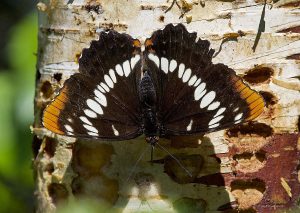
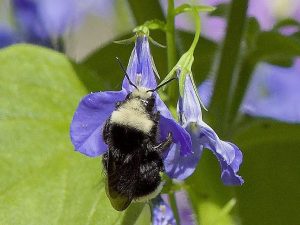
Also, we missed two photographs from Bruce in early June in Ladysmith, and we post them belatedly now. The first is an adult Sculptured Pine-borer Beetle. The second is a beetle larva which may be the same species, but we are not certain of this. Also, in that photograph the sharp-eyed will see another insect larva.
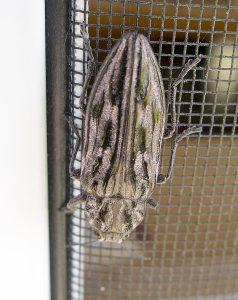 Chalcophora angulicollis (Col.: Buprestidae)
Chalcophora angulicollis (Col.: Buprestidae)
Bruce Whittington
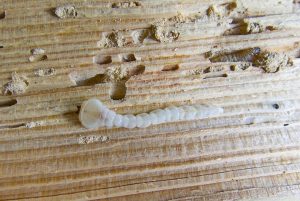 Beetle larva (possibly Chalcophora angulicollis)
Beetle larva (possibly Chalcophora angulicollis)
Bruce Whittington
Marie O’Shaughnessy saw some Black Saddlebags at Blenkinsop Lake in the last couple of days. These striking dragonflies are being seen at many locations just now. Marie tried her hand (pretty successfully, we’d say!) at photographing them in flight.
 Black Saddlebags Tramea lacerata (Odo.: Libellulidae)
Black Saddlebags Tramea lacerata (Odo.: Libellulidae)
Marie O’Shaughnessy
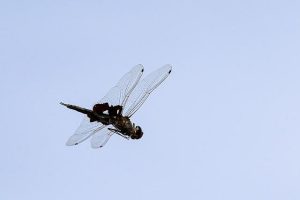 Black Saddlebags Tramea lacerata (Odo.: Libellulidae)
Black Saddlebags Tramea lacerata (Odo.: Libellulidae)
Marie O’Shaughnessy
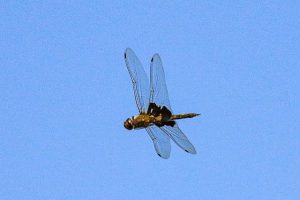 Black Saddlebags Tramea lacerata (Odo.: Libellulidae)
Black Saddlebags Tramea lacerata (Odo.: Libellulidae)
Marie O’Shaughnessy
Gordon Hart found a Herald Moth in the Highlands on July 30. This moth likes the juices from friuts such as plums, and is reputed to be able to pierce the skins of fruits with its proboscis. It spends the winter in the adult stage, and is one of the first moths to herald in the season of Spring. The caterpillar feeds on willows.
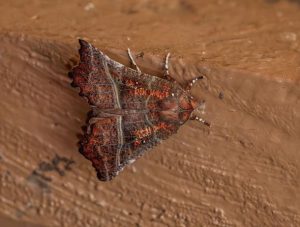 Herald Moth Scoliopteryx libatrix (Erebidae – Scoliopteryginae) Gordon Hart
Herald Moth Scoliopteryx libatrix (Erebidae – Scoliopteryginae) Gordon Hart
Jereny Tatum writes: I visited Mount Tolmie today, and at 5:00 pm there were no butterflies on or near the reservoir of any sort – nymphalids, swallowtails, whites, skippers. There were two Painted Ladies, a little past their prime but still flying strongly, near the Jeffery Pine.
